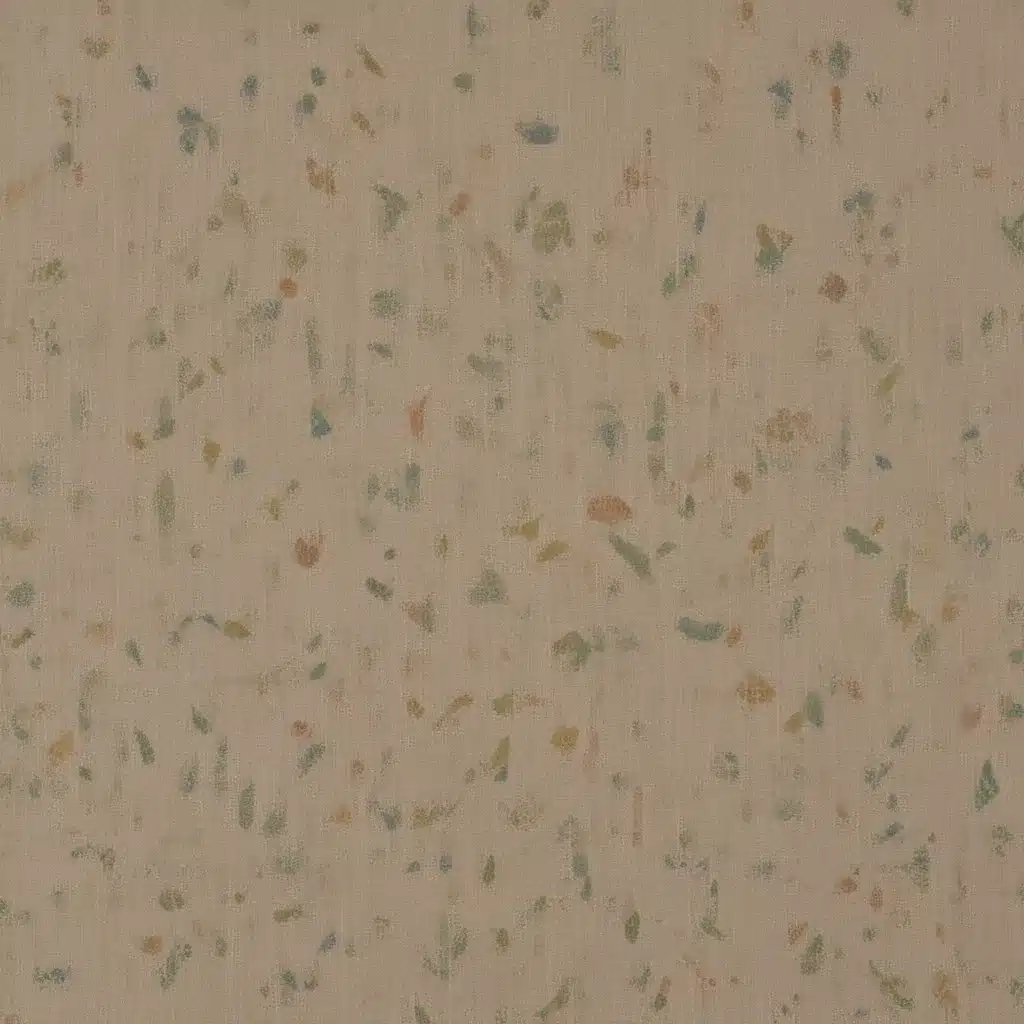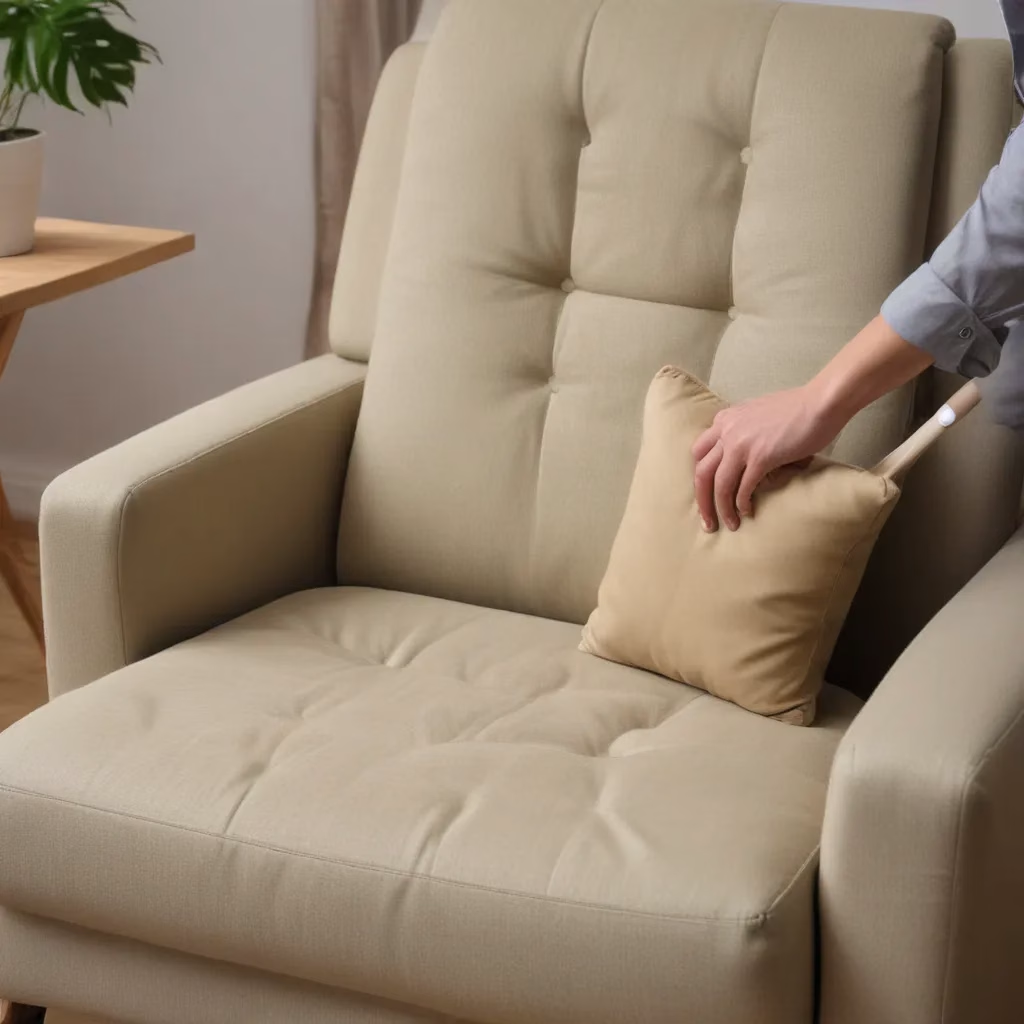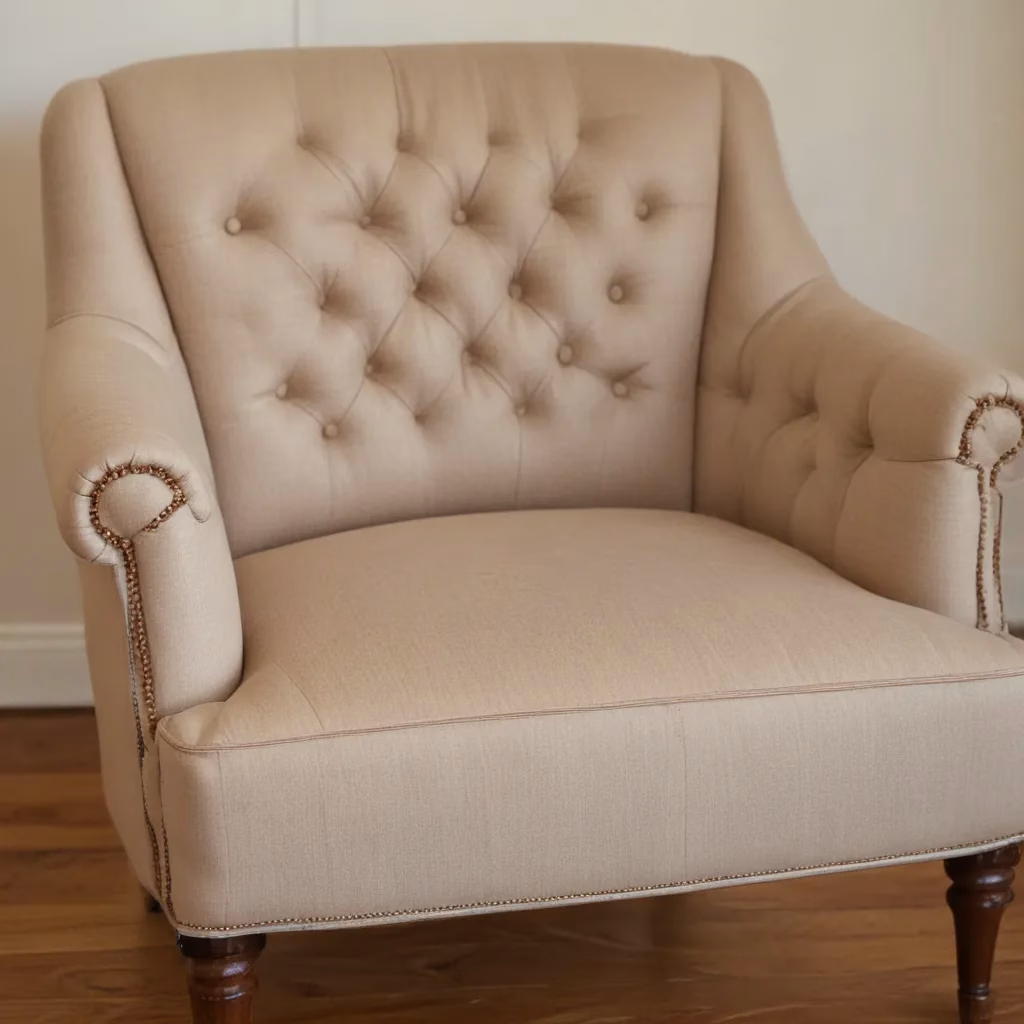Ah, the eternal dilemma of the modern homemaker – how do I furnish my living space in a way that’s both aesthetically pleasing and environmentally responsible? Well, my friends, I’m here to let you in on a little secret: the key lies in the fabric. That’s right, the very material that graces our sofas, chairs, and cushions can make all the difference when it comes to creating a sustainable home.
The Rise of Eco-Conscious Interior Design
It’s no secret that the demand for eco-friendly furniture has been on the rise in recent years. As more and more of us become aware of the impact our choices have on the planet, the interior design industry has had to adapt. Designers have been rethinking traditional materials and production methods, searching for innovative approaches that prioritize sustainability.
According to the team at Haus von Eden, this shift has led to a “rethink” in modern textile production. Chemicals and water-intensive processes are being swapped out in favor of environmentally-friendly raw materials and mindful manufacturing. It’s a revolution that’s transforming the way we think about furnishing our homes.
The Sustainable Fabric Showdown
So, what are the top contenders when it comes to eco-friendly furniture fabrics? Let’s dive in and explore the standouts:
Organic Cotton
The humble cotton plant has long been a staple in the world of interior design, gracing our sofas, curtains, and bedding. But traditional cotton cultivation and processing can be rather harsh on the environment, with high water usage and chemical inputs. Enter organic cotton – a more sustainable alternative that’s grown without the use of harmful pesticides and fertilizers. Certified organic cotton ensures the fabric is free of pollutants and produced under socially responsible conditions.
Silk
Silk, with its luxurious sheen and smooth texture, has always been a crowd-pleaser. But did you know that the traditional silk production process involves the unfortunate demise of silkworms? Enter “peace silk” or “vegetarian silk” – a more ethical alternative where the cocoons are allowed to naturally open, freeing the butterflies. These fabrics may not be as uniform as their industrial counterparts, but they carry the weight of a clear conscience.
Wool
Wool, the versatile and durable fiber, has long been a staple in the world of interior design. But not all wool is created equal. Organic wool, sourced from animals raised in humane conditions, is the way to go for the eco-conscious homemaker. The Woolmark seal guarantees that the product is made from 100% pure new wool, ensuring quality and sustainability.
Hemp
Remember that image of the 70s hippie, lounging on a hemp-covered futon? Well, the material has certainly come a long way since then. Hemp is now a popular choice for sustainable furniture, serving as a durable, natural alternative to linen and other textiles. Its versatility allows it to be used for everything from chair frames to decorative elements.
Cork
Cork, the wonder material harvested from the bark of the cork oak tree, is having a bit of a moment in the world of interior design. Lightweight, robust, and waterproof, cork is popping up in everything from stools and benches to table tops and phone covers. The best part? The bark regrows, making it a truly renewable resource.
Eco-Friendly Leather Alternatives
For those who crave the look and feel of leather, but with a cleaner conscience, there are now a number of innovative “pleather” options on the market. Ecotex imitation leather, for example, is made from natural or synthetic fibers and coated with a plastic layer that’s free of harmful plasticizers and toxins.
Putting it All Together
Now that you’ve got the lowdown on some of the top sustainable fabric choices, it’s time to start planning your dream eco-friendly living space. The team at Sofa Spectacular is here to help you navigate the world of sustainable furniture – from custom-made sofas to eye-catching accent pieces.
When it comes to selecting the perfect fabric, consider not only the aesthetic, but the longevity and environmental impact as well. After all, the furniture we choose is a long-term investment, both for our homes and for the planet.
So, are you ready to make a conscious choice and create a space that’s as beautiful as it is sustainable? Let’s get started!
Sustainable Fabric Showdown: A Comparison
| Fabric | Sustainability Features | Pros | Cons |
|---|---|---|---|
| Organic Cotton | – Grown without harmful pesticides and fertilizers – Produced under socially responsible conditions |
– Natural, breathable material – Durable and long-lasting – Wide variety of colors and weaves available |
– Can be more expensive than conventional cotton – May require special care and cleaning |
| Peace/Vegetarian Silk | – Silkworms allowed to naturally emerge from cocoons – No animal cruelty involved in production |
– Luxurious, elegant aesthetic – Durable and long-lasting – Unique, one-of-a-kind variations |
– May not have the same consistent quality as industrial silk – Can be more expensive |
| Organic Wool | – Sourced from animals raised in humane conditions – Free of harmful chemicals and dyes |
– Naturally durable and stain-resistant – Provides warmth and insulation – Rich, textured appearance |
– Can be more costly than conventional wool – May require specialized cleaning |
| Hemp | – Renewable, fast-growing plant – Durable and long-lasting material |
– Versatile for furniture and decor – Natural, earthy aesthetic – Environmentally friendly production |
– May have a rougher texture compared to other fabrics – Limited color and weave options |
| Cork | – Harvested from renewable cork oak bark – Recyclable and biodegradable |
– Lightweight and durable – Water-resistant and easy to clean – Unique, modern look |
– Not as widely available as other sustainable fabrics – May be more expensive than conventional materials |
| Eco-Friendly Leather Alternatives | – Made from natural or synthetic fibers, not animal hides – Free of harmful chemicals and plasticizers |
– Mimics the look and feel of real leather – More ethical and environmentally friendly – Wide range of styles and colors available |
– May not have the same level of durability as genuine leather – Can be more costly than traditional leather options |
Conclusion
As we’ve discovered, the world of sustainable furniture fabrics is a rich tapestry of innovative materials and mindful production methods. From organic cotton to peace silk, each option offers a unique blend of style, durability, and environmental responsibility.
When it comes to furnishing your home, the choice is yours – but with these eco-friendly alternatives at your fingertips, you can create a space that’s not only visually stunning, but also a reflection of your commitment to a more sustainable future.
So, what are you waiting for? Start exploring the world of sustainable furniture fabrics and unleash your inner eco-warrior. Your home (and the planet) will thank you.




